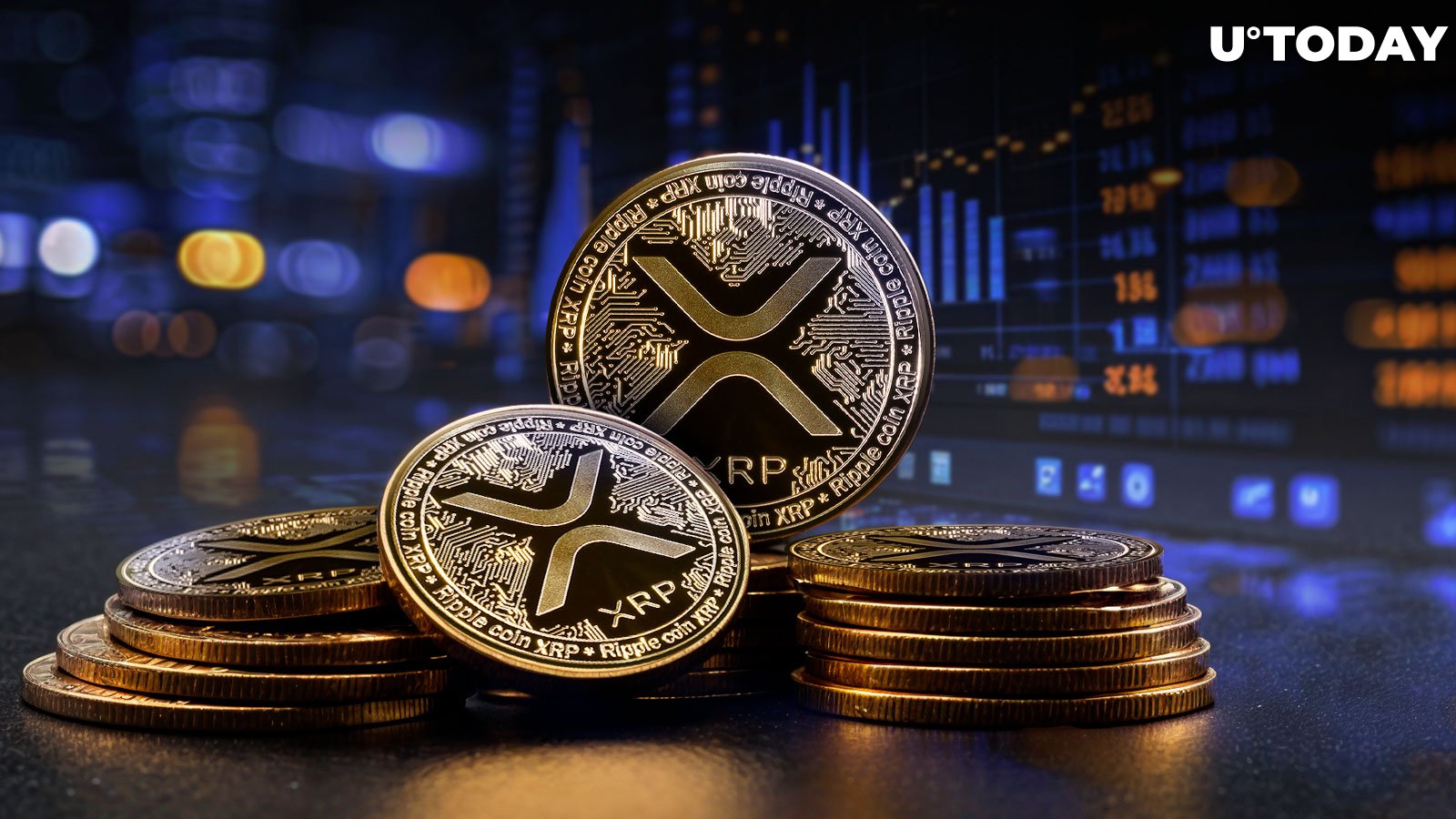Analyst Reveals: Solana May Lag Behind These 2 Altcoins!
- Solana (SOL) has emerged as one of the best-performing cryptocurrencies this cycle, primarily due to its network scalability and transaction efficiency, attracting both individual and institutional investors.
- However, in the latter half of 2024, Finbold analyst Vinicius Barbosa has identified two promising Solana competitors to watch.
- “The rise of these Solana rivals could significantly impact the market dynamics,” Barbosa notes.
A deep dive into Solana’s competitors and their potential market impact on the crypto scene.
Solana’s Rise and the Search for Alternatives
With its impressive scalability and transaction speed, Solana experienced a dramatic rise in value, surging by an astronomical 19,873% in 2021 and showing significant recovery from its 2022 lows. SOL climbed from $1 to $260 in under a year and later rebounded to $204 from a low of $8, now trading at around $140 per token. Competing robustly with Ethereum (ETH), Solana stands out with its high transaction throughput and lower fees.
New Challengers in the High-Volume Transaction Arena
Two burgeoning Solana competitors are quietly laying the groundwork for high-volume transaction networks. These cryptocurrencies are poised to cater to a similar demand with highly scalable, efficient, decentralized, and secure technological stacks.
MultiversX (EGLD) and Radix (XRD): The Promising Newcomers
MultiversX (EGLD) and Radix (XRD) are the two notable Solana contenders focusing on scaling through sharding technology. Sharding, a proven method for managing high data loads efficiently in many of the world’s largest systems, is now being adapted for decentralized and distributed ledger blockchain applications.
The Technological Edge of Sharding
In 2018, Ethereum’s creator Vitalik Buterin spotlighted sharding and Proof-of-Stake mechanisms as efficiency-enhancing features for future blockchains. Buterin stated, “With Proof-of-Stake and sharding, blockchain efficiency will multiply by thousands, making the trade-offs for placing things on-chain increasingly acceptable.”
In line with this vision, Radix’s creator Dan Hughes published a detailed essay titled “Why Sharding?” on the platform X. Hughes explained that his 12-year journey experimenting with various blockchain architectures led him towards sharding technology. Both MultiversX and Radix have developed asset-oriented models for the tokens created on their blockchains. This model is considered more secure than the Ethereum Virtual Machine (EVM) model, which tracks ERC-20 token balances through smart contract calls.
Instead, tokens in asset-oriented blockchains function as native tokens, thus preventing permissions that often lead to security breaches and wallet drains. MultiversX is currently the only mainnet fully equipped with all three sharding types: network sharding, state sharding, and transaction sharding. Essentially, MultiversX scales by adding more shards adaptively based on demand. Each shard theoretically supports up to 10,000 TPS, and the network currently operates with three shards.
Conclusion
As Solana continues to impress with its scalability and efficiency, newcomers like MultiversX and Radix are gaining traction by addressing similar demands with advanced technological solutions. The crypto landscape is poised for significant changes as these competitors make strides. Investors and observers will do well to monitor these developments closely, as they may herald the next big shift in the blockchain industry.






